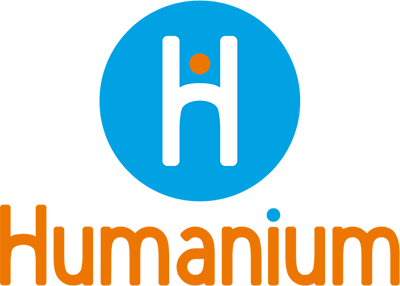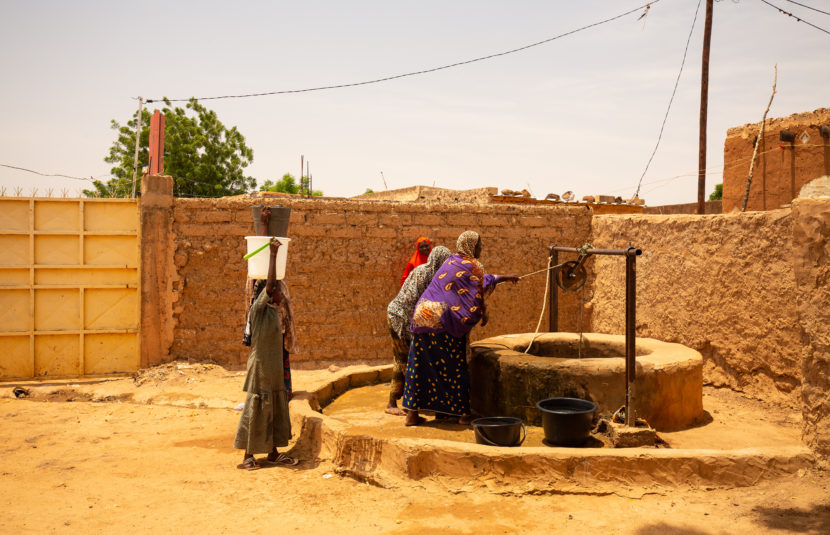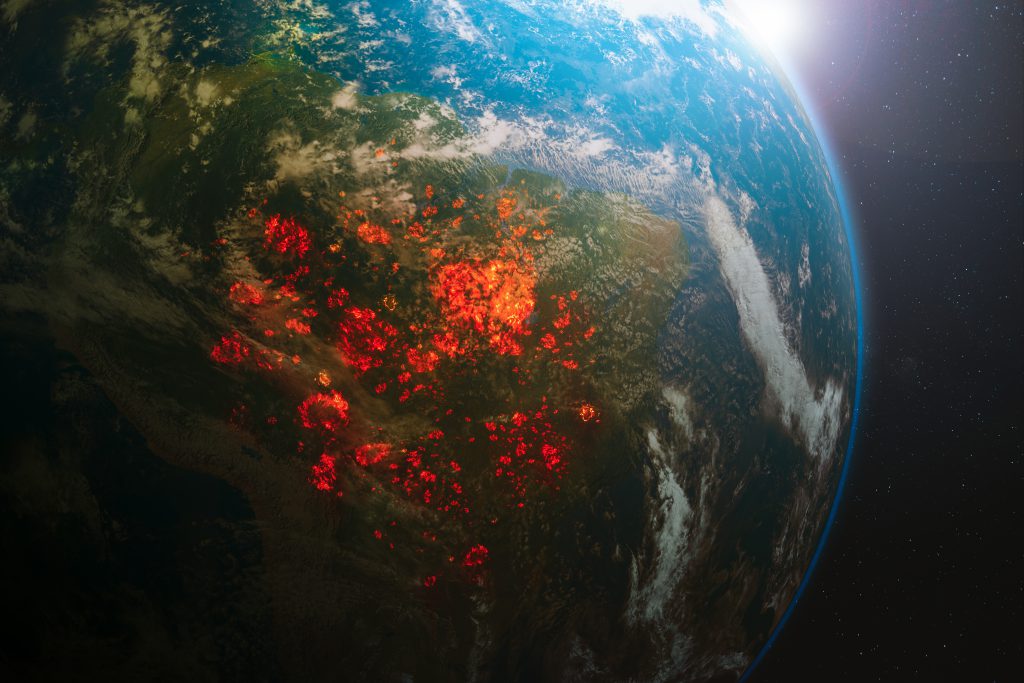Niger is grappling with a severe water crisis that has left many children without access to clean drinking water and proper sanitation. Climate change, desertification, and weak infrastructure worsen water scarcity, putting children’s health and education at risk. As preventable diseases and malnutrition rise, the lack of WASH (Water, Sanitation and Hygiene) services continues to violate children’s fundamental rights.
Water crisis in Niger
Niger faces a water crisis exacerbated by climate change, rural-urban disparities, and inadequate infrastructure, which disproportionately affects children. Driven by extreme poverty, rapid population growth, and insufficient resources, the crisis leaves rural communities dependent on seasonal rain and poorly maintained water sources.
According to available data, around 13.4 million people—half of Niger’s population—do not have access to clean water near their homes, while 21.9 million—four out of five—lack access to a decent toilet (WaterAid, n.d.). Rural areas are particularly affected, with only 56% of the population having access to a drinking water source and just 13% benefiting from basic sanitation services (United Nations Environment Programme [UNEP], n.d.).
Niger is one of the countries most affected by climate change. Rising temperatures are expanding the Sahara Desert and altering the Sahel region, accelerating desertification and reducing fertile land. These environmental changes threaten food and water security, especially in a country where 80% of the population relies on agriculture and livestock (Swissaid, n.d.).
The impact of the water crisis on children’s rights
Health risks
Water-related diseases, such as cholera and malaria, are widespread in Niger. Many children under five die annually due to unsafe water, inadequate toilets, and poor hygiene facilities (WaterAid, n.d.). Diarrhea, often caused by contaminated water, is the second leading cause of death among young children (Swissaid, n.d.). Recent floods have heightened the risk of waterborne diseases, putting children at even greater risk (ReliefWeb, 2024). These diseases weaken children, making them more susceptible to malnutrition and other health issues.
Climate-related shocks, such as droughts, also contribute to malnutrition. Indeed, reduced rainfall and extreme heat have made it increasingly difficult to grow food, leaving children more vulnerable to malnutrition. In Niger, in 2023, around 1.3 million children under five were at risk of malnutrition, with more than 430,000 facing severe acute malnutrition (UNICEF USA, n.d.).
Education challenges
Many children in Niger miss school due to water-related illnesses or because they must collect water for their families, hindering their education. Limited access to water and sanitation in schools, with only 22.7% having drinking water, forces students to walk long distances to collect water, leading to increased absenteeism (Borgen Magazine, 2023). Similarly, just 26.7% of schools have sanitation facilities, which discourages attendance and contributes to the spread of diseases in unhealthy learning environments (UNEP, n.d.).
On top of that, recent floods have destroyed classrooms, disrupting education for children (Save the Children, 2024). Flood damage or insecurity has affected nearly 400,000 children to date, potentially causing them to miss school this year (Gadanayak & Debert, 2022).
In addition to floods, the ongoing water crisis makes access to education more difficult, particularly for girls. With decreasing rainfall, they are often responsible for walking long distances to fetch water, often up to five hours a day. This leaves little to no time for them to attend school, study, or engage in recreational activities (Swissaid, n.d.). Girls face additional challenges due to the lack of proper menstrual hygiene management services in schools, which hinders their ability to participate in education (UNICEF, n.d.).
Barriers to ensuring WASH access in Niger
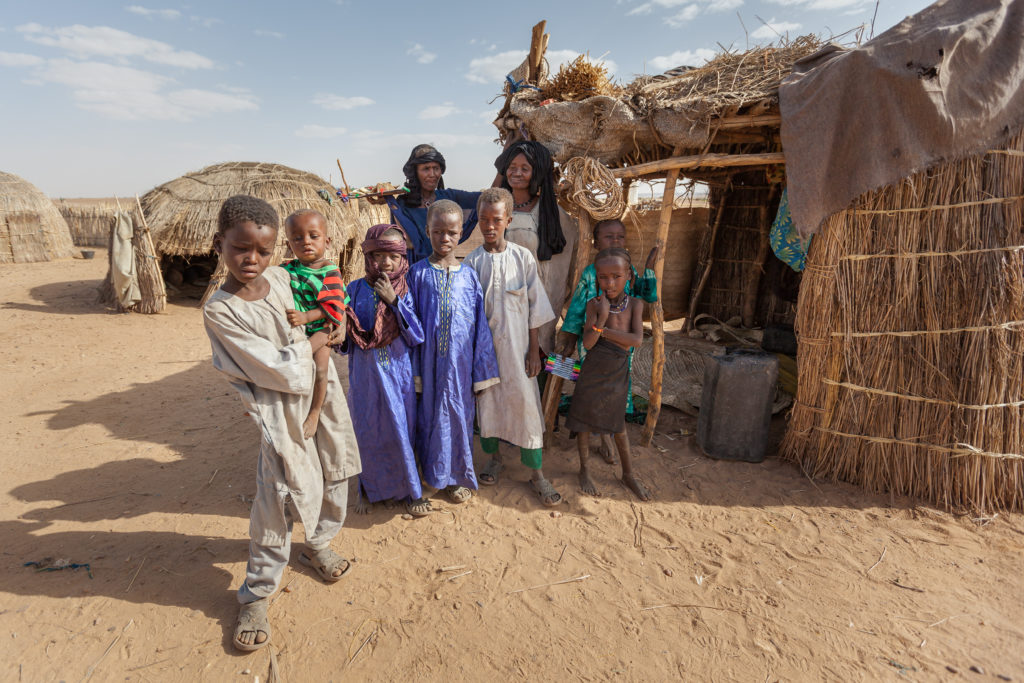
One of the biggest obstacles to WASH access in Niger is the lack of infrastructure, especially in rural areas, where water and sanitation facilities are limited (Otekpo & Favi, 2021). This has been worsened by a shortage of funding, which makes it challenging to expand and maintain essential WASH services (Sanitation and Water for All, 2021). Poverty and limited resources further restrict access to basic services, leaving vulnerable communities at greater risk of waterborne diseases and other health problems (UNICEF, 2024).
Moreover, climate change has caused more intense floods, severe droughts, and unpredictable rainfall, reducing access to clean water. As a result, ensuring children have access to safe drinking water is becoming increasingly difficult. Extreme weather changes also complicate water resource management and strain communities struggling to get by (UNEP, n.d.). Additionally, shifting rainy and dry seasons create unpredictable conditions, disrupting agricultural production and livestock farming (Swissaid, n.d.).
“It’s obvious that it doesn’t rain much anymore. We used to be able to use the water not only for drinking, but also for washing.”
– Rabiou Chipkaou, a 15-year-old pupil from the municipality of Gougui in the Dogondoutchi department (Swissaid, n.d.).
Efforts to improve WASH for children in Niger
One notable early initiative in the region is the GoAL WaSH program, launched by the United Nations Development Programme (UNDP) in 2008, which continues to support local governments in managing water services, particularly in rural areas (Hubendick, 2015). One key focus of the program is community-driven solutions, including training local workers to repair and maintain boreholes (World Vision, 2017).
“Since the construction of the boreholes, our lives have changed. I don’t have to wake up at 5 am to walk a long distance and fetch water on my head. As for the children, they now like going to school because they have enough water to bathe in before going.”
– Haoua Sani, a mother from Garin Falki, a village in the Maradi region of southern Niger (World Vision, 2017).
In addition, Niger has been involved with the Sanitation and Water for All (SWA) partnership since 2010, with ongoing efforts to enhance water and sanitation services. The Accelerated Sanitation and Water for All (ASWA) program, established by UNICEF and supported by international partners, aims to improve clean water and sanitation in rural Niger.
Since its implementation in 2018, it has benefited 751,000 people in rural regions, particularly in high-risk areas. It provides essential equipment and helps municipalities manage water systems more effectively. Multi-village piped systems have been developed to bring water to rural communities, schools, and health centers (Tamayo, 2020).
In 2023, Wells Bring Hope, a nonprofit dedicated to providing safe and clean water to rural villages in Niger, installed solar-powered wells in rural areas, emphasizing community ownership and promoting female entrepreneurship. These wells have significantly reduced the hours girls previously spent collecting water, enabling them to attend school regularly. These initiatives are transforming educational opportunities for girls who dream of becoming teachers or doctors (Borgen Magazine, 2023).
“There’ve been stories of girls who can remember how they used to have to walk with their moms for miles every day to get water, and now they don’t. They get to go to school every day, all day. They want to be teachers and they want to be doctors; they want to give back to their community.”
– Kate Cusimano, Director of Operations at Wells Bring Hope (Borgen Magazine, 2023).
Additionally, in 2023, Swissaid, a Swiss NGO focused on development cooperation, launched a project in rural Niger to construct water supply infrastructure, including water towers and wells. The initiative also features “Écoles Bleues” (Blue Schools), which teach children lessons on water use, hygiene, waste recycling, and menstrual hygiene for girls (Swissaid, n.d.). These programs not only help children gain vital knowledge but also empower them to share it.
In 2024, Ahmad Tea, a British tea company, partnered with Oxfam International to launch a three-year Clean Water Project in rural Niger, aimed at improving water, sanitation, and hygiene in four schools, benefiting over 1,600 students. With a focus on female students, the project also provides clean water, sanitation facilities, and menstrual hygiene management, along with community awareness campaigns to ensure lasting change (Ahmad Tea, 2024).
Recommendations for addressing the water crisis in Niger
- Support community-driven solutions: Empowering local communities to manage WASH services can ensure sustainability and effectiveness. Community-led initiatives should receive training and resources to ensure the long-term functionality of water systems.
- Strengthen policy implementation: Strengthening policies and governance structures can help prioritize WASH in national development plans.
- Integrate WASH education into schools: Teaching children about water, sanitation, and hygiene in schools can promote long-term behavioral changes that benefit their health and well-being.
- Leverage international agreements: The UN’s Sustainable Development Goal 6 “Ensure availability and sustainable management of water and sanitation for all” should be a guiding framework for addressing the crisis. Additionally, Article 24 of the UN Convention on the Rights of the Child, which Niger ratified in 1990, underscores the right of children to access essential services, including clean drinking water, and should be considered in the development of child-centered solutions. To turn these commitments into action, Niger can work more closely with neighboring countries on water resources and push for greater regional support in water management.
- Foster international cooperation and increase investment in infrastructure: Strengthening international partnerships and boosting investment in building and maintaining water and sanitation facilities can improve Niger’s WASH conditions.
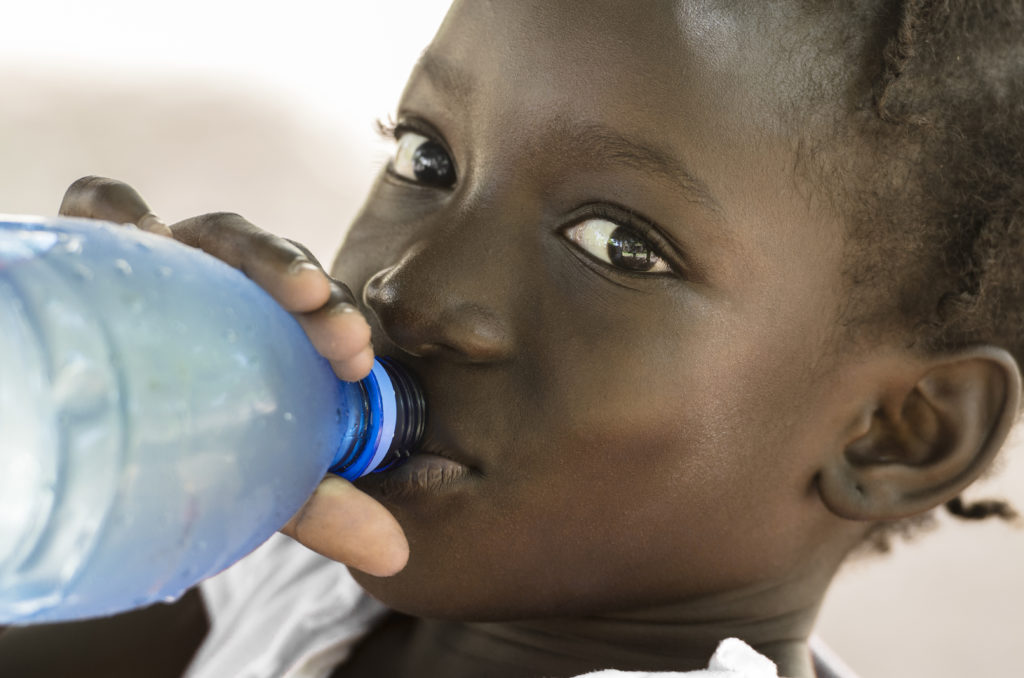
As an NGO, Humanium works to improve access to water and hygiene in villages by addressing sanitation and water management challenges through its health program activities. We tackle hygiene issues and environmental contamination by building individual household toilets and educating communities on essential hygiene practices. Join us in taking action—whether through volunteering, donating, or sponsoring a child—to help provide clean water, improve sanitation, and promote better hygiene for children and their communities.
Written by Or Salama
References:
Ahmad Tea. (2024, March 22). Clean Water Project in Niger. Retrieved from Ahmad Tea at https://www.ahmadtea.com/clean-water-project-in-niger/, accessed on March 13, 2025.
Borgen Magazine. (2023, August 18). Wells Bring Hope: Improving Water Access in Niger. Retrieved from Borgen Magazine at https://www.borgenmagazine.com/wells-bring-hope/, accessed on March 13, 2025.
Gadanayak, B. B., & Debert, E. (2022). Child Risk and Impact Analysis (CRIA) Niger. Retrieved from UNICEF at https://www.unicef.org/niger/media/6646/file/CHILD%20RISK%20AND%20IMPACT%20ANALYSIS%20(CRIA)%20NIGER.pdf, accessed on March 13, 2025.
Hubendick, L. (2015, December 4). GoAL WaSH mission to Niger. Retrieved from Stockholm International Water Institute at https://siwi.org/latest/goal-wash-mission-to-niger/, accessed on March 13, 2025.
Otekpo, L. A., & Favi, S. G. (2021, December 8). Water and sanitation for all? About the challenges of providing access to drinkable water in Niger. Retrieved from ZEF Researchers’ Blog at https://blog.zef.de/?p=7940, accessed on March 14, 2025.
ReliefWeb. (2024, September 6). West Africa Floods: More than 950,000 people displaced and children sheltering in schools just weeks before school term starts. Retrieved from ReliefWeb at https://reliefweb.int/report/niger/west-africa-floods-more-950000-people-displaced-and-children-sheltering-schools-just-weeks-school-term-starts, accessed on March 14, 2025.
Sanitation and Water for All. (2021, November 23). Niger: ‘Common financing mechanism’ paves the way for increased investment. Retrieved from Sanitation and Water for All at https://www.sanitationandwaterforall.org/impact-story/common-financing-mechanism-paves-way-increased-investment-niger, accessed on March 14, 2025.
Save the Children. (2024, October 17). West and Central Africa: About 10 million children forced out of schools by worst flooding in recent years. Retrieved from Save the Children at https://www.savethechildren.net/news/west-and-central-africa-about-10-million-children-forced-out-schools-worst-flooding-recent, accessed on March 18, 2025.
Swissaid. (n.d.). Youth in Niger draw water – and hope. Retrieved from Swissaid at https://www.swissaid.ch/en/projects/youth-in-niger-draw-water-and-hope/, accessed on March 13, 2025.
Tamayo, A. (2020, April 8). Improving the access to safe drinking water and basic sanitation in Niger. Retrieved from UNICEF Niger at https://www.unicef.org/niger/stories/improving-access-safe-drinking-water-and-basic-sanitation-niger, accessed on March 13, 2025.
UNICEF. (2024, March 11). WASH severity classification: Niger. Retrieved from UNICEF at https://knowledge.unicef.org/wash/resource/wash-severity-classification-niger, accessed on March 13, 2025.
UNICEF. (n.d.). Water, sanitation, and hygiene. Retrieved from UNICEF at https://www.unicef.org/niger/water-sanitation-and-hygiene#:~:text=Access%20to%20drinking%20water%20and%20sanitation%20is%20still,the%20population%20has%20access%20to%20basic%20sanitation%20services, accessed on March 13, 2025.
UNICEF USA. (n.d.). UNICEF in Niger. Retrieved from UNICEF USA at https://www.unicefusa.org/what-unicef-does/where-unicef-works/africa/niger, accessed on March 13, 2025.
United Nations Environment Programme. (n.d.). Water: Niger. Retrieved from Interactive Country Fiches at https://dicf.unepgrid.ch/niger/water, accessed on March 13, 2025.
WaterAid. (n.d.). Niger. Retrieved from WaterAid at https://www.wateraid.org/where-we-work/niger, accessed on March 12, 2025.
World Vision. (2017, October 26). Ten years later, from ‘no water’ to ‘water’. Retrieved from World Vision at https://www.wvi.org/article/ten-years-later-no-water-water, accessed on March 13, 2025.
